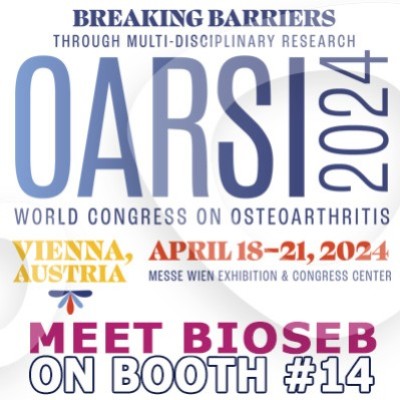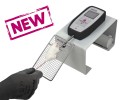Authors
J.J. Luszczki, S.J. Czuczwar.
Lab
Medical University, Department of Pathophysiology, and Institute of Agricultural Medicine, Department of Physiopathology, Lublin, Poland.
Journal
Progress in Neuro-Psychopharmacology and Biological Psychiatry
Abstract
To characterize the type of interactions between vigabatrin (VGB) and tiagabine (TGB) — two newer antiepileptic drugs influencing GABA-ergic neurotransmitter system, the isobolographic analysis was used in two experimental models of epilepsy: the maximal electroshock seizure threshold (MEST) test and pentylenetetrazole (PTZ)-induced seizures in mice. Results indicated that VGB and TGB administered separately (i.p.) increased the electroconvulsive threshold in mice, which allowed the calculation of their TID20 values (threshold increasing doses by 20% over the threshold of control animals) in the MEST test. The TID20 for VGB was 226.2 mg/kg and that for TGB was 4.4 mg/kg. With isobolography, the combinations of VGB with TGB (at fixed-ratios of 1:3, 1:1 and 3:1) exerted additive interactions in the MEST test in mice. Similarly, VGB and TGB injected separately (i.p.) suppressed the PTZ-induced seizures, and their ED50 values (median effective doses, protecting 50% of the animals tested against clonic convulsions) for VGB and TGB were 622.5 mg/kg and 0.8 mg/kg, respectively. Isobolographic analysis of interactions revealed that the combinations of VGB with TGB at the fixed-ratios of 1:3 and 1:1 produced supra-additive (synergistic) interactions against PTZ-induced seizures. Only the combination of VGB with TGB at the fixed-ratio of 3:1 was additive in the PTZ test. The evaluation of acute adverse-effect potential for all fixed-ratio combinations of VGB with TGB (administered at their TID20 and ED50 values from the MEST and PTZ tests) revealed that none of the examined combinations affected motor coordination in the chimney test and altered neuromuscular tone in the grip-strength test in mice. In contrast, VGB in combinations with TGB produced the antinociceptive effects with respect to suppression of acute thermal pain in animals subjected to the hot-plate test. Based on this preclinical study, one can ascertain that the combination of VGB with TGB would provide an adequate seizure control in epileptic patients.
BIOSEB Instruments Used:
Grip strength test (BIO-GS3)

 Pain - Thermal Allodynia / Hyperalgesia
Pain - Thermal Allodynia / Hyperalgesia Pain - Spontaneous Pain - Postural Deficit
Pain - Spontaneous Pain - Postural Deficit Pain - Mechanical Allodynia / Hyperalgesia
Pain - Mechanical Allodynia / Hyperalgesia Learning/Memory - Attention - Addiction
Learning/Memory - Attention - Addiction Physiology & Respiratory Research
Physiology & Respiratory Research
 Pain
Pain Metabolism
Metabolism Motor control
Motor control Neurodegeneration
Neurodegeneration Cross-disciplinary subjects
Cross-disciplinary subjects Muscular system
Muscular system General activity
General activity Mood Disorders
Mood Disorders Other disorders
Other disorders Joints
Joints Central Nervous System (CNS)
Central Nervous System (CNS) Sensory system
Sensory system Bioseb on booth #14 at OARSI 2024 in Vienna
Bioseb on booth #14 at OARSI 2024 in Vienna 